Analysis of Mujib Climate Prosperity Plan of Bangladesh : The execution in 2023
Despite making less than 1% of the global total of greenhouse gas emissions, Bangladesh is at a high danger of being negatively impacted by climate change. Its geographic position, high population density, and reliance on agriculture are the main causes of this. The Mujib Climate Prosperity Plan (MCPP) was created in response to the urgent need for Bangladesh to address the negative effects of climate change, which have the potential to seriously harm the country’s economy, environment, and society.
The country ranked seventh in the world in terms of climate risk. Building a resilient, sustainable economy in Bangladesh is a key component of the plan for climate adaptation and mitigation. Investments in renewable energy, energy efficiency, sustainable agricultural methods, and the decrease in greenhouse gas emissions will be used to carry out the strategy.
The MCPP intends to strengthen the country’s capacity to deal with climate change’s effects, including as rising sea levels and other extreme weather conditions. While serving as the Climate Vulnerable Forum’s (CVF) president for the second time, Bangladesh unveiled the Mujib Climate Prosperity Plan Decade 2030.

The strategy intends to demonstrate the possibility of realizing Bangladesh’s objective of promoting a more sustainable and prosperous future for everybody. A strategic plan called the Mujib Climate Prosperity Plan seeks to change Bangladesh’s destiny by transforming the country from one of vulnerability to one of resilience and prosperity. The Mujib Climate Prosperity Plan includes a long-term outlook that extends past 2040 to the middle of the next century, in keeping with the Paris Agreement and the Climate Vulnerable Forum Vision. It is essential that this change occurs by 2030.
Setting a Course with a Low-Carbon Strategy
A comprehensive plan created to guide Bangladesh toward a sustainable and low-carbon future is the Mujib Climate Prosperity Plan. It includes a variety of programs and actions that emphasize economic development while both cutting greenhouse gas emissions and enhancing the nation’s capacity to deal with the impacts of climate change.
Six important areas of attention have been highlighted by the MCPP, including:
In order to increase the share of renewable energy in Bangladesh’s energy mix, the MCPP aims to improve the usage of renewable energy sources and energy efficiency measures in the country’s energy industry. The implementation of renewable energy sources including solar, wind, and hydroelectric power is one of the specific goals of the strategy.
It also stresses the use of energy-efficient technologies in construction and business. The objective is to employ renewable energy sources much more, with a target of 30% by 2030 and at least 40% by 2041. However, according to the Sustainable Renewable Energy Development Authority (SREDA), the amount of renewable energy produced in Bangladesh is currently quite little (3.71% of the country’s total energy mix)
| Technology | Off-grid (MW) | On-grid (MW) | Total MW |
|---|---|---|---|
| Solar | 365.68 | 594.33 | 960.01 |
| Wind | 2 | 0.9 | 2.9 |
| Hydro | 0 | 230 | 230 |
| Bio-gas to electricity | 0.69 | 0 | 0.69 |
| Biomass to electricity | 0.4 | 0 | 0.4 |
| Total | 368.77 | 825.23 | 1194 |
Solar, biogas, wind, and hydroelectric power are currently Bangladesh’s main renewable energy sources. The Karnaphuli Hydro Power Station, the main hydroelectric power plant in the country, produces 230 MW of electrical energy, making it the only one of its sort in the whole of the country.
The development of renewable energy sources has made little headway despite the creation of the MCPP, leading to a negligibly small contribution to total power generation. Although electric cars (EVs) have not yet become widely used, their wider acceptance has been hampered by the lack of a reliable charging infrastructure. To accommodate the upcoming spike in demand for EVs, Bangladesh must immediately begin the construction of EV charging stations. In order to increase the use of electric vehicles, it is crucial to have governmental support that encourages the production of lithium-ion batteries and electric vehicle batteries.
Only 14 solar-powered EV charging stations with a combined 282 kW capacity exist at the moment. Since home charging systems are currently used by the majority of electric vehicles, it is required to incorporate EV charging stations into already-existing compressed natural gas (CNG) and fuel stations, as well as parking lots.
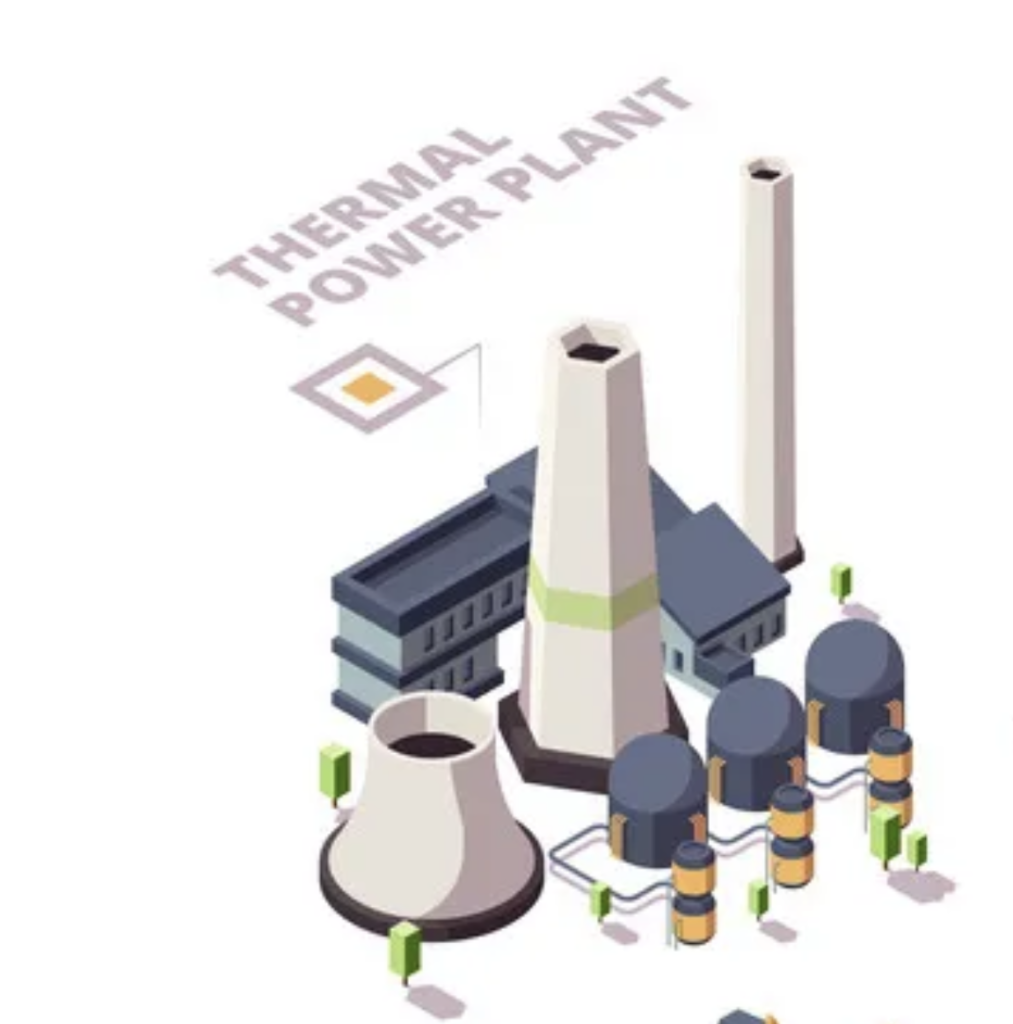
In addition, there is a serious lack of cooperation among stakeholders in policy. Infrastructure Development Company Limited (IDCOL), a government-owned NBFI, launched initiatives from 2003 to 2019 to promote the use of solar home systems throughout the nation. The simultaneous operation of several programs, however, gradually cancelled out the beneficial effects. In order to comply with the government’s “100% electrification by 2021 campaign,” the power distribution companies also began to increase the grid’s electricity supply. Thus, poor management and ineffective use of resources were caused by a lack of policy coordination among the many stakeholders.
The country currently ranks as the 35th largest economy in terms of GDP growth, according to the World Bank, necessitating a rise in the usage of renewable energy. In order to achieve the set objectives, the government must start planning effectively in conjunction with the pertinent stakeholders and put grid resilience and modernisation measures in place.
Using Sustainable Agriculture Practices to Reduce Emissions
The MCPP seeks to promote environmentally friendly agricultural methods and lessen the amount of emissions produced when food is produced in the agriculture and food security sector. This includes programs that support organic farming, enhance the effectiveness of pesticide and fertilizer use, and upgrade irrigation infrastructure. Up to 2030, this is expected to cost approximately USD 2.02 billion.
The plan also includes a number of sector-specific measures as well as more general initiatives that span several different industries. These cross-cutting initiatives encourage the development of low-carbon technologies and environmentally friendly enterprises.
By fostering climate-resilient infrastructure and nature-based solutions, the strategy seeks to increase Bangladesh’s infrastructure and communities’ ability to endure the effects of climate change, such as cyclones and flooding. Thus, it provides a strategic roadmap for Bangladesh to achieve its development goals and advance a resilient, sustainable future with a small carbon footprint.
Empowerment via Initiatives Driven by Incentive
The social component of the Mujib Climate Prosperity Plan places a premium on the advancement of social justice and inclusivity in the context of tackling climate change and fostering sustainable development. This is also consistent with the idea of “Just Transition,” which, according to the International Labour Organization (ILO), entails changing the economy in a way that is environmentally conscious, equitable, and inclusive, providing decent employment opportunities, and making sure that no one is left behind, especially the poor and marginalized people who are affected by climate adaptation measures.

Given that women experience the negative effects of climate change more frequently than men, the MCPP gave them a lot of attention. The influence is stronger on them because of ingrained societal norms and established gender norms. Men are forced to move to cities in search of economic possibilities by climate change effects and events, leaving women in the home in a socially precarious situation.
Focused skill development programs will be established, each one catered to the unique requirements of women, to encourage the economic empowerment of women. It will be crucial to prioritize gender-responsive training that includes relevant skills, together with economic stimulus plans and social protection initiatives. The MCPP’s objectives also include enhancing vulnerable populations’ capacity to withstand the effects of climate change by expanding their access to knowledge, resources, and chances for decision-making.
In disaster-prone locations, it is crucial to offer accessible housing, critical services, and possibilities for employment to improve the well-being of climate migrants. Access to school is essential for their general welfare, and social integration improved social safety nets. Sustainable solutions also require an emphasis on catastrophe preparedness, encouragement of international cooperation, and participation of migrants in decision-making processes.
The Ashrayan Project, which attempts to include disadvantaged, landless, and homeless people in inclusive development, is a remarkable example of a continuing endeavor. Since its start in 1997, this ground-breaking strategy for combating poverty and encouraging inclusive development has helped more than 3.5 million people recover successfully.
This program includes those who have been impacted by natural catastrophes, members of diverse ethnic communities, third-gendered people, Dalits, Harijans, and other oppressed groups. Offering free housing to the state’s poor with the eventual aim of integrating them into society at large, it is a groundbreaking and gigantic undertaking.

Through the application of MCPP, these issues can be further addressed, improving living circumstances and bolstering climate migrants’ resilience. The MCPP’s successful implementation offers a viable way to successfully address these issues, perhaps enhancing living conditions and enhancing climate migrants’ resilience.
The plan prioritizes education and awareness-raising activities to improve public understanding of climate change and inspire adoption of more sustainable behaviors. The plan promotes sustainable and resilient infrastructure to improve community well-being and quality of life, including affordable housing, a reliable water supply, and resilient transportation. The plan’s recognition of the importance of social cohesion and community-based methods to combating climate change is seen in the inclusion of regional organizations and community leaders in the planning and implementation processes.
The strategy’s objective is to strengthen the social protection system so that individuals who are most vulnerable as a result of climate change can get the assistance they require. The goal of the strategy is to improve public health and strengthen the resilience of the health sector to the effects of climate change through initiatives including early warning systems and disaster response mechanisms.
The policy also emphasizes the importance of cultural heritage and promotes the preservation of traditions and cultural assets that are at risk from climate change. The plan emphasizes the significance of partnerships and collaboration among numerous sectors and stakeholders, including government agencies, civil society organizations, and the business sector, in order to improve social equality and justice in the context of climate adaptation and mitigation.
Building Institutional Resilience for Long-Term Success
Incorporating the Mujib Climate Prosperity Plan with the government’s Digital Bangladesh programs will encourage efficiency, accountability, and openness while easing Bangladesh’s transition to the Fourth Industrial Revolution. The program’s use of contemporary technology will make it possible to offer people’ doorstep delivery of government services.
In order to emphasize governance in the context of climate action and sustainable development, the Mujib Climate Prosperity Plan strengthens institutional capacity, promotes public participation, and increases accountability and transparency. Some crucial details in this area are:
- encouraging cooperation and collaboration between various government agencies and sectors with the goal of strengthening the institutional framework for climate action and sustainable development.
- recognizing the importance of including local communities, marginalized groups, and civil society organizations in decision-making processes to ensure public engagement.
- enhancing the capacity of public sector institutions, non-profits, and private sector participants to carry out climate action and sustainable development initiatives
- highlighting how crucial it is to use cutting-edge technologies and data-driven tactics to increase the effectiveness and impact of initiatives to promote sustainable development
- improving government agencies’ and other stakeholders’ accountability for carrying out climate change and sustainable development efforts
- Business as Usual (BAU) is a realistic climate prosperity scenario based on present and anticipated future access to resources and support. It uses the reference scenario from Vision 2041. Maximized climate prosperity scenario based on a considerable increase in resources made available from both international assistance and the private sector (local, regional, and international). Mujib Climate Prosperity Plan Maximized (MCPP-M).
To establish accountability and efficiently track progress, the plan must include monitoring, evaluation, and reporting procedures. Establishing Bangladesh as a leader in climate action and sustainable development is a key objective of the MCPP. This will be essential in assisting efforts around the world to achieve the goals of the Paris Agreement and the Sustainable Development Goals.

Green Initiative with a Special Attention to the RMG Sector
If we look at the clothing business recently, local suppliers are building green garment factories to promote sustainability and workplace safety with the goal of enhancing the industry’s reputation. It is noteworthy that 65 garment factories in the nation have received platinum ratings from the US Green Building Council’s (USGBC) Leadership in Energy and Environmental Design (LEED) program, making them world champions in environmentally friendly manufacturing.
Green industries have been shown to drastically reduce water use by over 30% and energy use by up to 40%. They also generate less carbon dioxide, which helps to create a safer and healthier environment. Bangladesh Garment Manufacturers and Exporters Association (BGMEA) provided this information. The RMG industry in Bangladesh has made tremendous progress in using green manufacturing techniques. As of February 2023, there are 4 LEED-certified structures, 110 gold-certified buildings, 65 platinum-rated factories, and 110 gold-rated factories.
Furthermore, the rooftop solar market has a lot of promise, especially among large factories who are mounting solar panels on their roofs, notably those in the green textile sector. Manufacturers now have even more incentive to build renewable energy sources thanks to the 2018 implementation of the net metering regulation and the rising cost of electricity.
In order to be recognized for their ecologically friendly practices, 500 more garment companies are reportedly working to receive LEED certification from the USGBC, according to sources at the BGMEA. According to the USGBC, China and Bangladesh are the countries with the most platinum-rated factories, with China having the most at 10. Pakistan, with nine platinum-rated industries, is not far behind.
Utilizing Creative Financing Methods
The finance plan for the Mujib Climate Prosperity Plan aims to optimize financial resources from the public and private sectors in order to make it easier to carry out the action initiatives. First off, the MCPP acknowledges the value of domestic resource mobilization, including taxation and public-private partnerships, in supporting climate action and sustainable development initiatives.
To promote the implementation of crucial activities, the plan also aims to use global climate financing resources such grants, favorable loans, and climate funds. Collaboration with foreign nations and the creation of alliances for the purpose of securing financial resources are essential in this process.
Thirdly, through introducing cutting-edge financial instruments like green bonds, the MCPP hopes to persuade the private sector to contribute to programs that promote sustainable development and combat climate change. The strategy also acknowledges the value of raising money to support adaptation efforts, particularly in communities that are vulnerable to hazards and have low financial resources.
Additionally, the MCPP seeks to expand financial inclusion and give underserved groups, such low-income families and women, access to finance, which can enhance their social and economic well-being. The Mujib Climate Prosperity Plan makes apparent the significance of resilient infrastructure, such as affordable housing, secure water supply, and resilient transportation, in luring private sector investment.
The Global Center on Adaptation (GCA) Global Hub on Locally Led Adaptation was recently introduced by the Prime Minister as a new initiative to hasten the process on December 11, 2022. The program seeks to assist Bangladesh’s 1 million migrant workers who are vulnerable to climate change by serving as a global platform on climate adaptation for the urban poor.
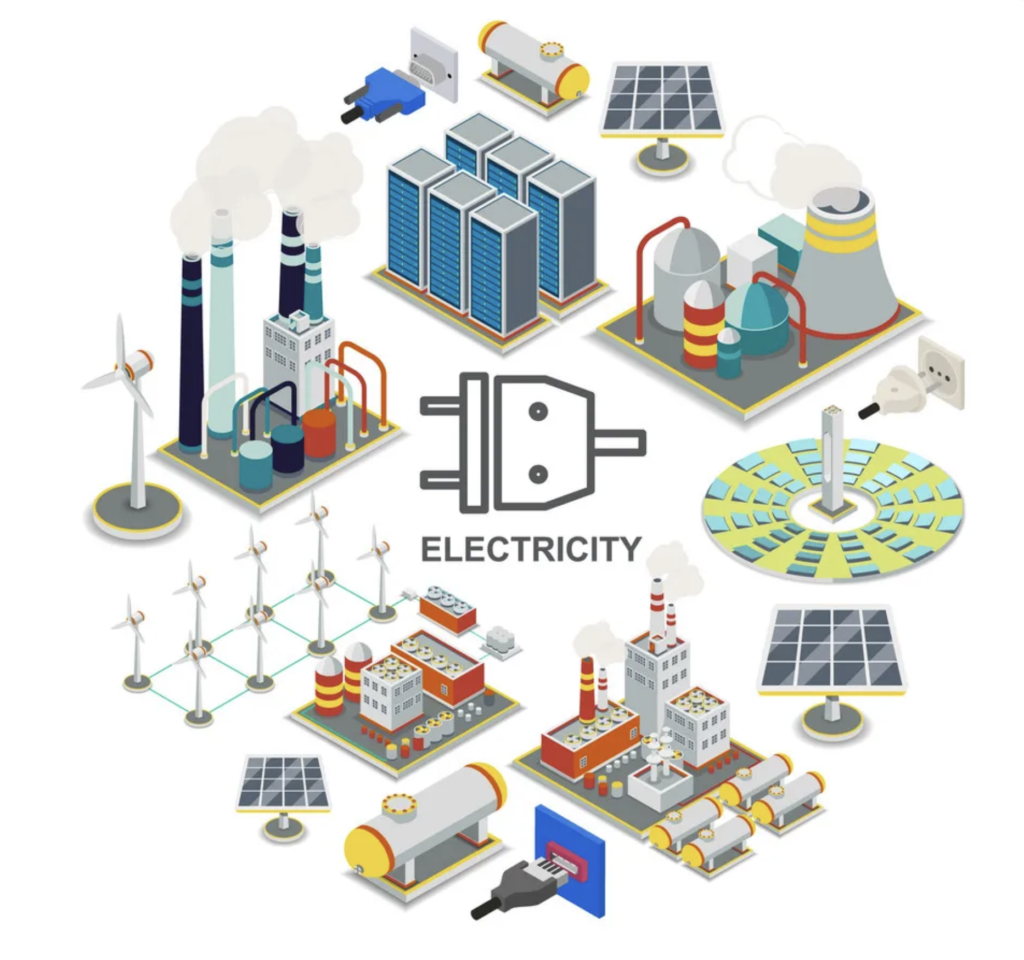
On March 13, 2023, the idea was the subject of a second roundtable discussion that was organized by GCA CEO Prof. Dr. Patrick Verkooijen and attended by various local and global authorities. The primary subjects of discussion were GCA’s commitment to collaborating closely with the Government of Bangladesh to close the financing gap for climate adaptation and the ongoing work to mainstream adaptation and nature-based solutions into the planning of investments worth more than USD 1 billion financed by multilateral development banks like the Asian Development Bank, the Asian Infrastructure Investment Bank, and the World Bank Group.
Graduation of LDCs and Reducing Losses
By the year 2026, Bangladesh will have graduated from the LDC category. Losing access to development funding organizations like the Green Climate Fund and the LDC Fund results from this graduation.
Sl.Name of the Fund Number of Projects Approved Fund Amount (in Millions of Dollars)
Grant Loan Collaboration
| Sl. | Name of the Fund | No. of Approved Projects | Amount of Fund (million $) | ||
| Grant | Loan | Co-finance | |||
| 1. | Green Climate Fund (GCF) | 05 | 101.14 | 250.00 | 156.66 |
| 2. | Least Developed Countries Fund (LDCF) | 07 | 34.41 | – | 187.94 |
| 3. | Adaptation Fund (AF) | 01 | 9.99 | – | – |
| 4. | Global Environment Facility (GEF)* | 08 | 24.66 | – | 402.62 |
| 5. | Climate Bridge Fund | – | 30.00 | – | – |
| Total | 200.20 | 250.00 | 747.22 | ||
*Only taking into account projects with a climate change theme
The MCPP, on the other hand, works to strengthen Bangladesh’s position in the world’s supply chains by encouraging modernisation and export diversification. This will help the nation maintain its relevance and competitiveness in the future. This development might make up for the possible loss of Bangladesh’s exports’ access to duty-free quota-free (DFQF) markets as a result of the nation’s LDC graduation by 2026. Utilizing environmentally friendly options like green logistics and power is part of the strategy for export diversification.
By increasing supply chain participation, such as the disclosure of environmental data, modernization will reduce environmental risks. For the country to maintain a strong presence on the international stage and to reduce any potential negative effects that may result from disruptions, the supply chain’s resilience must be ensured.
Accepting Change and Growth for the Future
Together, the Mujib Climate Prosperity Plan and the Delta Plan 2100 have the common goal of addressing climate change by reducing greenhouse gas emissions and preparing for its effects, especially in Bangladesh’s sensitive delta regions. The plans support one another in the creation of policies, ensuring that solutions for climate adaptation and mitigation are incorporated, consistent, and tailored to the unique requirements and vulnerabilities of the delta regions. Utilizing resources more effectively and avoiding potential disputes or effort duplication are two benefits of this strategy.
The Mujib Climate Prosperity Plan contains broader policies and actions to promote sustainable development while lowering carbon emissions, while the Delta Plan 2100 concentrates on long-term strategies for managing water resources, safeguarding coastal areas, and building climate resilience. To accomplish their objectives, both strategies need strong governance and successful implementation.
The Mujib Climate Prosperity Plan serves as a model for other member countries as they create their own versions while taking the situation into consideration. With the potential for significant beneficial effects, the proposal seems to hold hope for both the people of Bangladesh and the rest of the world. The project’s success depends on effective execution, adequate money, and close supervision. In order to ensure the successful implementation of the plan and the fair distribution of its benefits throughout society, collaboration between the government and stakeholders is essential.

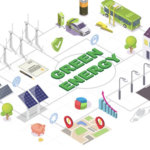



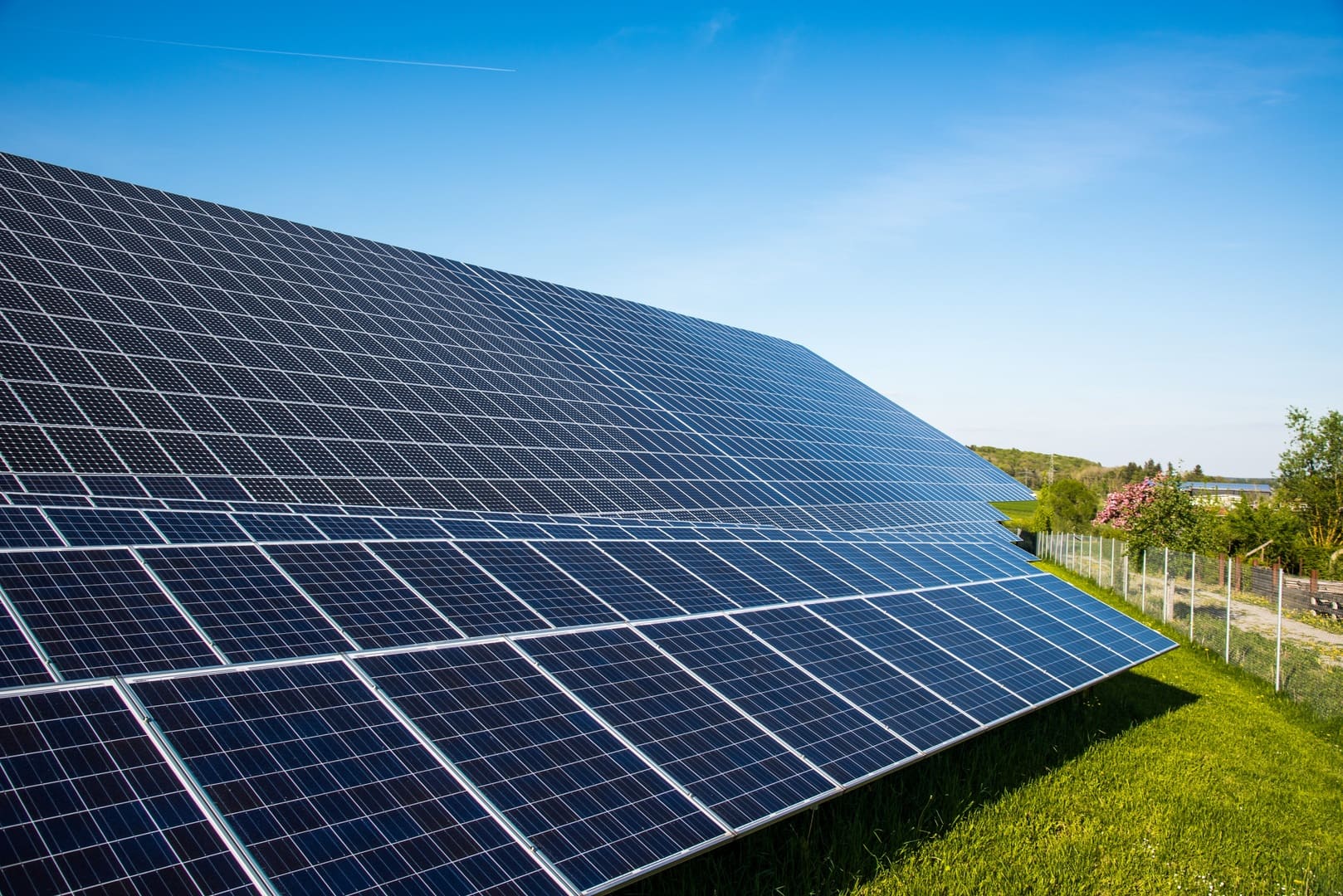
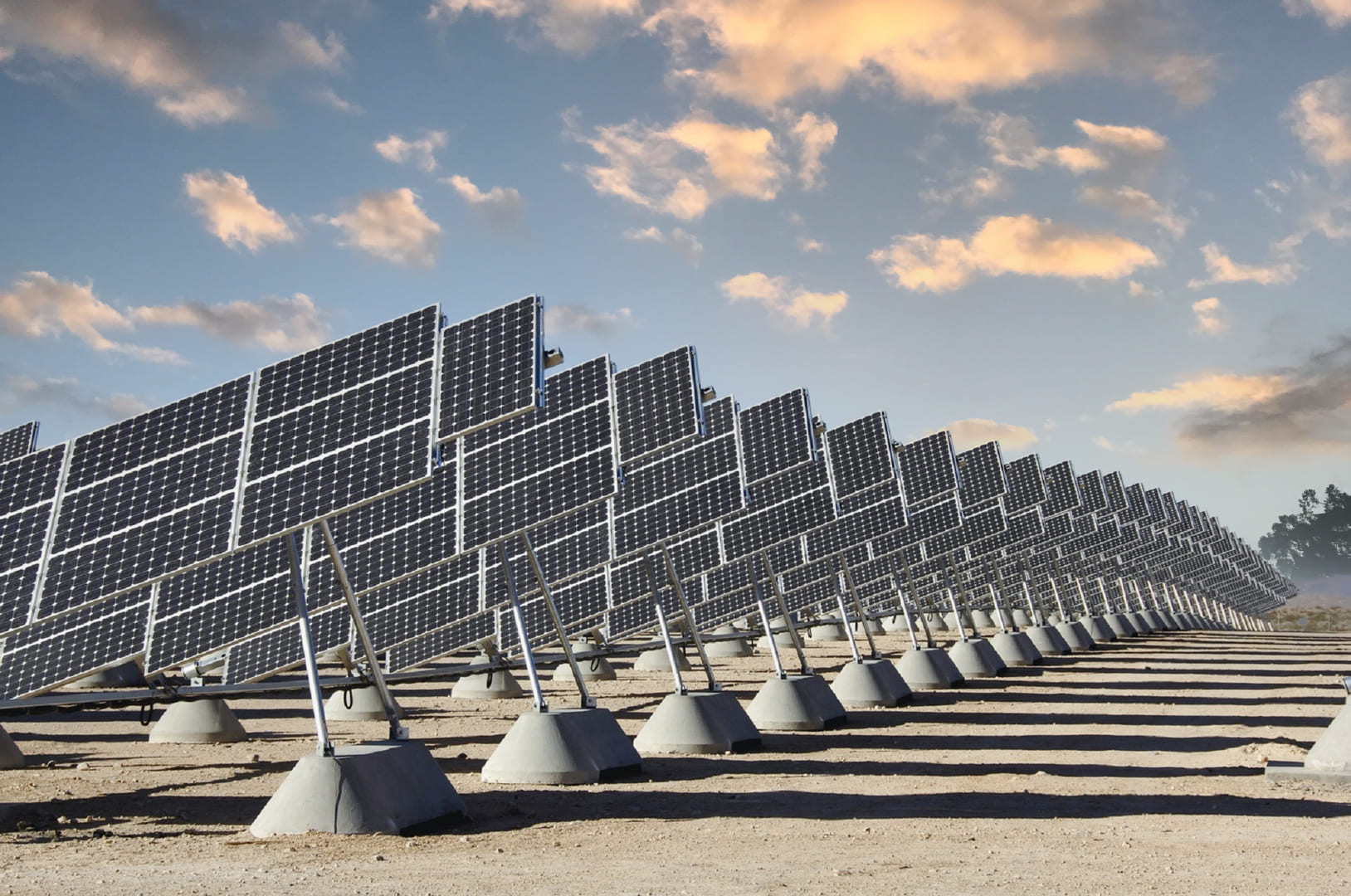

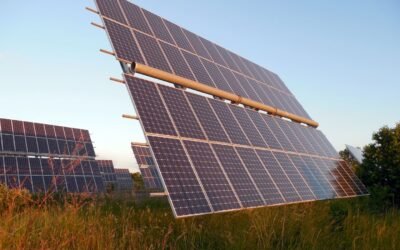


0 Comments